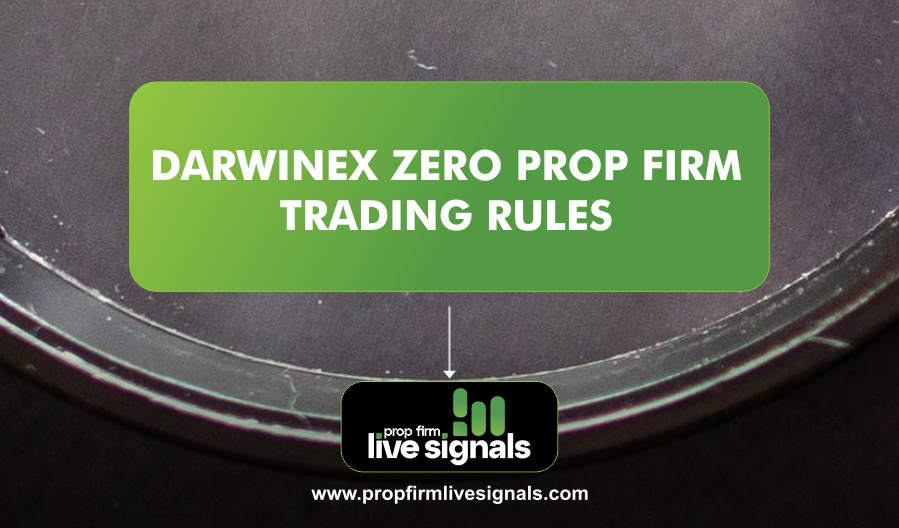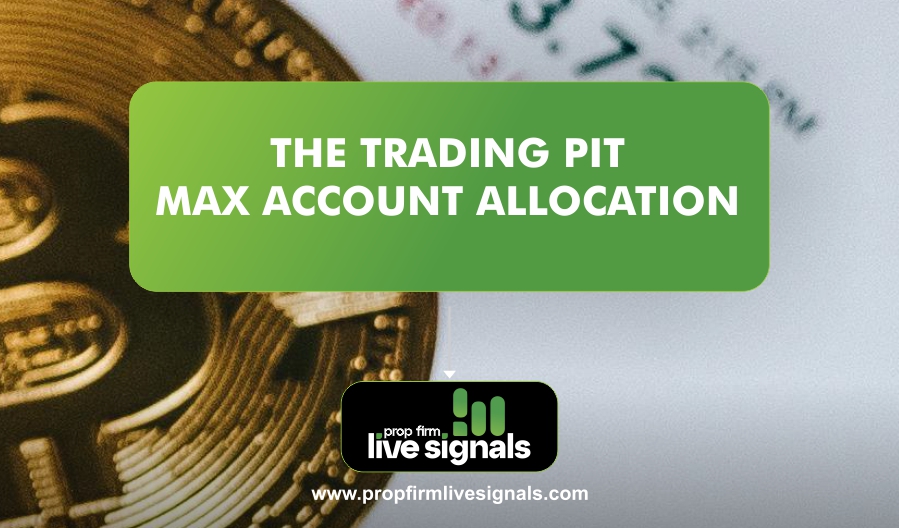With Funding Traders Max Account Allocation, traders can access larger amounts of capital based on their skills and performance. Many prop firms provide structured scaling plans, allowing traders to increase their account balance by meeting profitability criteria.
It is important to understand that while traders can manage multiple accounts, most firms impose a cap on the total funded capital allowed per trader. Additionally, practices such as reverse trading where opposite positions are taken on different accounts—are considered violations of firm policies.
What is Funding Traders Max Account Allocation?
Funding Traders Max Account Allocation refers to the maximum capital a proprietary trading firm provides to a trader. When a trader passes an evaluation or meets certain criteria, they are granted access to a funded account with a set limit. This allocation determines how much money the trader can use for trading.
Related Terms:
- Funded Trading Accounts – Accounts provided by prop firms to skilled traders.
- Proprietary Trading Firms (Prop Firms) – Companies that fund traders with firm capital.
- Profit Split – The percentage of profit a trader keeps from successful trades.
- Trading Drawdown – The maximum loss allowed before an account is closed
How Does Funding Traders Max Account Allocation Work?
1. Evaluation Process
Funding Traders prop firms require traders to pass an evaluation before granting access to funded accounts. This evaluation typically involves:
- Trading within specific rules (e.g., maximum daily loss limits)
- Proving consistency in profit-making
- Demonstrating risk management skills
2. Scaling Plan
Funding Traders firms offer structured scaling plans. At FundingTraders, we provide flexibility in the number of accounts you can manage, subject to certain limitations:
- Up to $500,000 in the Funded Phase: You are allowed to have as many accounts as you wish, as long as their combined total in the funded phase does not exceed $500,000.
Examples of Allowable Account Combinations:
For instance, you could have the following combinations:
- 3 x $100,000 + 1 x $200,000 = $500,000
- 6 x $50,000 + 1 x $100,000 + 4 x $25,000 = $500,000
And so on, as long as the total value in the funded phase does not exceed $500,000.
Note on Reverse Trading: It’s important to be aware that engaging in reverse trading, which involves taking opposite positions on different accounts (whether under your name or others), is a violation of their terms of use agreement. Reverse trading is considered a “gambling strategy” that they do not tolerate.
3. Profit Sharing and Withdrawals
Traders keep a portion of the profits they generate. A typical profit split is 80/20, where the trader keeps 80% and the firm takes 20%. Withdrawals are usually allowed once certain conditions are met, such as maintaining a positive balance above the initial allocation.
4. Drawdown Limits and Risk Management
Each funding program has rules to protect capital. These include:
- Daily Loss Limits – The maximum loss allowed in a single trading day.
- Overall Drawdown – The total allowable loss before losing access to the funded account.
- Consistency Rules – Prevents reckless trading by requiring steady profit generation.
- Prohibited Practices – Reverse trading and high-risk strategies can lead to account termination.
Benefits of Max Account Allocation
1. Increased Trading Capital
With access to larger capital, traders can take bigger positions without risking their own money.
2. Reduced Personal Risk
Since traders use firm capital, they don’t have to invest large amounts of their own funds, reducing financial risk.
3. Access to Professional Tools
Prop firms often provide advanced trading tools, analytics, and mentorship to improve trader performance.
4. Opportunity for Career Growth
Successful traders can scale their accounts, increase their profit potential, and even become professional proprietary traders.
Challenges and Considerations
1. Strict Rules and Limitations
Traders must follow firm rules strictly, or they risk losing their accounts. Violations such as exceeding drawdown limits or engaging in prohibited trading practices may result in account termination.
2. Profit Splits
While traders keep a percentage of profits, the firm also takes a share, which can affect overall earnings.
3. Psychological Pressure
Trading large accounts can create emotional stress, leading to poor decision-making if not managed properly.
4. Evaluation Costs
Most prop firms charge fees for evaluations, which can be a financial burden if the trader fails multiple times.
Conclusion
Funding Traders Max Account Allocation is a great opportunity for traders to access large trading capital without personal risk. However, it comes with strict rules and challenges that traders must navigate carefully. By understanding how these programs work and following risk management strategies, traders can maximize their potential and grow their accounts successfully.
If you’re interested in funded trading, research different prop firms, compare their max allocation limits, and choose one that suits your trading style and goals.
Frequently Asked Questions (FAQs)
1. What is the highest account allocation available?
Each prop firm has different limits. Some offer allocations up to $500,000, while advanced programs allow traders to scale up to $2,000,000.
2. Do I need to deposit my own money?
No, but you may need to pay an evaluation fee before getting access to a funded account.
3. Can I trade any asset with a funded account?
It depends on the firm’s policies. Most allow forex, stocks, and commodities but may restrict certain instruments.
4. What happens if I break the trading rules?
Breaking rules like exceeding the drawdown limit or engaging in prohibited trading practices (e.g., reverse trading) can result in losing access to the account.
5. Is there a way to increase my max allocation?
Yes, many firms offer scaling plans where traders can increase their capital by maintaining consistency and profitability. Some firms provide a 25% increase every two months if the trader meets an 8% profit target.




